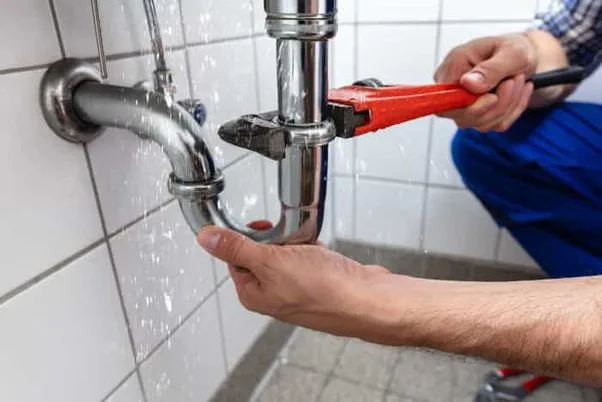Sustainability has quickly become one of the hallmarks of business in an age when caring about our planet is becoming increasingly vital. Plumbing services form an essential element of modern infrastructure, with more homes and businesses searching for eco-friendly plumbing options like brass fittings and sanitary fixtures which help make this industry more eco-friendly. In this article, we look into this development further.
The Need For Sustainable Plumbing
Traditional plumbing systems waste both energy and water resources while harming the environment. With old technologies like leaky pipes and fixtures that don’t function, resources are quickly consumed while utility costs skyrocket for customers.
With water shortage being such an acute global challenge, proper control is even more vital. Individuals, companies and communities alike can help the environment by using more sustainable plumbing practices – saving valuable resources that could benefit future generations as a result.
The Role Of Sanitary Fittings
When it comes to keeping plumbing systems clean and operational, sanitary fittings–sinks, showers, toilets, and taps that ensure things stay hygienic–are essential components. In terms of sustainability considerations, eco-friendly toilet fittings differ significantly from their more commonly sold counterparts in several key ways:
Water Conservation: Sustainable plumbing involves using less water. Installing fixtures equipped with water-saving features like dual flush toilets or low-flow aerators can significantly cut usage while protecting this crucial natural resource and saving people money on their bills.
Material Selection: Sustainable toilet fittings use materials that last, are recyclable, safe for people, and benefit the environment. Ceramic, stainless steel, and brass have all been extensively tested for use and proven beneficial to both people and nature alike; customers can help reduce their impact further by choosing parts produced using eco-friendly practices.
Energy Efficiency: Sustainable sanitary fittings not only save water but also consider energy efficiency when designing fixtures that save utility bills and the planet by using cutting-edge technologies like pressure controls and motion sensors to maximize flow rate and temperature settings – leading to lower utility bills while simultaneously contributing towards environmental sustainability by decreasing heating energy use for heating or transmitting the liquid.
Durability And Maintenance: Durable, sanitary fittings feature lower maintenance needs to reduce waste production while increasing plumbing infrastructure’s lifespan by investing in long-lasting, quality fittings that have minimal need for replacements or repairs. Customers can save time, effort, money and waste production by investing in long-lasting fixtures instead.
The Significance Of Brass Fittings
In environmentally sustainable plumbing systems, brass fittings–renowned for their resilience and resistance to corrosion–are indispensable. As an alloy composed of copper and zinc atoms, brass provides numerous environmental sustainability-related advantages:
Durability: Brass fittings are highly sought-after due to their extraordinary resilience and lifespan, outlasting many other plumbing materials used today. Resistant to corrosion, rusting, deterioration, and waste production, their reliable performance over extended lengths ensures reliable operation with reduced need for replacements or disposal costs.
Recyclability: Brass is highly recyclable and retains its quality after recycling, unlike composites or plastics which degrade. New fittings made of recycled brass reduce environmental impacts as well as virgin resource use; in turn, this allows users to return used products for recycling rather than dump them in landfills.
Health And Safety: Brass fittings are valued for their long lifespan as well as their dependability and safety features, such as antibacterial properties that prevent the formation of pathogens on their surfaces – contributing towards greater plumbing systems hygiene practices that minimize risks such as waterborne infection and preserve public health and safety.
Flexibility: Brass fittings can adapt and be utilized for various plumbing tasks in both home and commercial settings, providing reliable solutions with minimal installation hassles and simple setup times. Plumbing professionals looking for effective yet dependable solutions often turn to brass as it offers versatility, as well as ease of setup.
Conclusion
Plumbing sustainability is a multifaceted concept that seeks to reduce both resource consumption and environmental effects through strategies, innovations, and tactics designed to lower resource use and environmental impacts. Water conservation measures like energy-efficient lighting fixtures help achieve these objectives, as do eco-friendly brass fittings, which play a crucial role. People, companies, and communities all play their role by adopting sustainable plumbing practices as part of an effort to foster resilient future generations through eco-friendly fixtures in their plumbing systems.


Leave a Reply